Salsa is one of the world’s most popular varieties of sauce which is used as dips for tacos, bread, and as toppings for snacks. Because it’s one of the delicious sauces, it’s very well known in Mexican-American countries.
But the surprising fact about salsa is that it is packed with great nutritional properties and with lots of health benefits. You can add salsa to the list of your favorite foods and still with fresh salsa you can add more flavour to your food.
In fact, even if you paired salsa with vegetables, then you may notice significant benefits like lowering the sodium, fats, and calorie intake in your body. As you know that vegetables are a primary source of vitamins, minerals, and fibres for our body.
For now, roll up your sleeves, and let’s get started with 11 health benefits of (Tasty!) salsa.
11 Salsa Benefits That Will Leave You Shocked
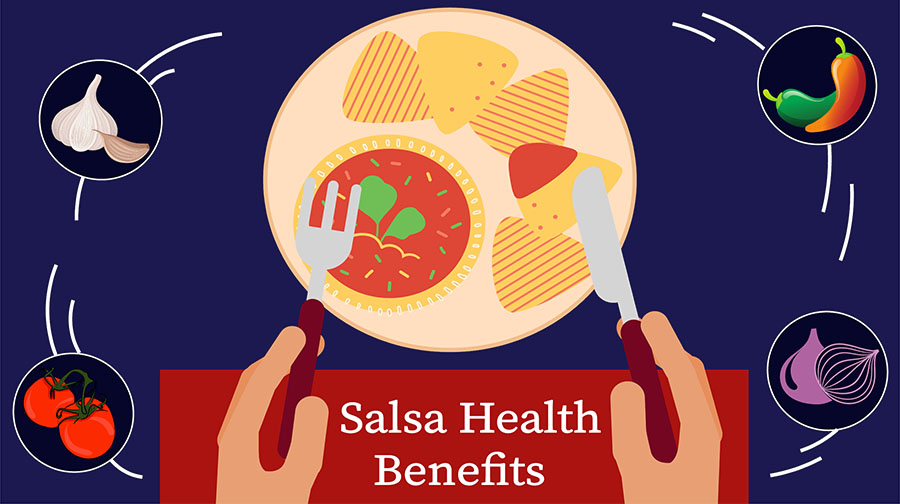
1. Salsa Has A Good Nutrition Profile
Unlike onions, salsa is somewhat low in calories but it is still packed up with lots of good vitamins and minerals in it.
There are some downsides of store-bought salsa, such as they are typically high in sodium. Usually, store-bought salsa contains some sort of side effects, when compared to Salsa Fresca which has almost no side effects.
According to Nutrition Data, Here are 3 tables below that show the nutrition information Amounts per 1 cup of salsa which is equal to (259 g).
Table1:
Salsa Calorie/Nutrients Information
| Calories/Nutrients | Amount Per Selected Servings |
| Calories | 69.9 |
| Carbohydrate | 56.5 g |
| Fat | 3.7 g |
| Protein | 9.7 g |
| Alcohol | 0.0 g |
Summary from Table 1: You can clearly see from Table 1 that salsa is low in calories, fat, protein, alcohol and quite moderate in carbohydrates. Overall the nutritional details are quite positive for salsa.
According to Reid Health, you should consume carbohydrates 225 to 325 grams daily. And thus salsa can cover a significant portion of your daily carbohydrate intake.
Table 2:
Salsa Vitamin Profile (Per 1 Cup)
| Vitamin | Amount | % Daily Value |
| Vitamin A | 756 IU | 15% |
| Vitamin C | 4.9 mg | 8% |
| Vitamin D | ~ | ~ |
| Vitamin E | 3.1 mg | 15% |
| Vitamin K | 11.7 mcg | 15% |
| Thiamin | 0.1 mg | 4% |
| Riboflavin | 0.1 mg | 5% |
| Niacin | 0.2 mg | 1% |
| Vitamin B6 | 0.5 mg | 23% |
| Folate | 10.4 mcg | 3% |
| Vitamin B12 | 0.0 mcg | 0% |
| Pantothenic Acid | 0.0 mg | 0% |
| Choline | 30.3 mg | ~ |
| Betaine | ~ | ~ |
Summary from Table 2: Salsa offers a good range of vitamins per 1 cup. It even includes vitamin C which has the second most high amount as compared to other vitamins in Table 2.
Table 3:
Carbohydrates Profile
| Carbohydrates | Amount per Selected Serving | % Daily Value |
| Dietary Fiber | 4.1 g | 5% |
| Starch | 4.1 g | ~ |
| Sugars | 7.9 g | ~ |
Summary from Table 3: Salsa is rich in dietary fibre from in table 3, along with other two carbohydrates (starch and sugar).
2. Salsa Is High In Vitamin C
As we know that vitamin C is a robust antioxidant, that may help in reducing the risk of chronic disease and also lowering the risks of heart diseases in our body. And Salsa is truly good at Vitamin C content.
Often salsa’s main ingredient varies as compared with restaurants and depends largely on the man who cooks it. Still, most of the time ingredients in salsa include tomatoes, lime juice, and onions.
Let’s look at the benefits of these ingredients in terms of vitamin C content.
Side Note: Nutrition value may change in salsa, depending on the ways of preparing it.
Onions are low in calories but high in vitamin C and vitamin B. Oftentimes salsa serves onions in their raw forms only and also in several different ways.
Several studies show onions when cooked under high pressure reduce the levels of antioxidants present in them. Also, onions served in raw form have more health benefits in comparison to freeze-drying or onions cooked under high pressure.
Tomatoes are the most common ingredient used in salsa and also tomatoes add to the primary source of vitamin C in salsa.
If you prefer to prepare salsa in your home (which is of course more healthy), rather than buying it from a store (a bit less healthy if you ignore its label for ingredients), then you are surely gonna add lime juice to the ingredient’s list while preparing it.
Fresh lime juice in Salsa is such a good source of vitamin C that it can fulfil about 20% of your daily vitamin C intake.
So the bottom line follows up is, the presence of onion, tomatoes and lime juice in salsa makes it an incredible source of Vitamin C.
3. Salsa Help In Balancing Blood Sugar Levels
Having vegetables and fibres as the main ingredients in salsa helps it to lower the blood sugar level. Wanna know how? Have a look 🙂
Fibre is mainly found in the cell wall of plants and most of the ingredients in salsa come from plants. Thus you can see the result (In Table 3) that salsa is packed full of fibre and it’s also low in fat and sugar (From Table 3 and Table 1).
How fibres in salsa benefit you?
The fibre in salsa benefits you in two ways:
Benefit 1: Helps to prevent weight gain by reducing stress hormones and inflammation in your body.
Benefit 2: It’s a win-win situation for people with type 2 diabetes who are looking to add flavour to their food without raising their blood sugar levels.
Finally, salsa helps in reducing the spark of the body’s insulin.
4. Salsa Helps You Stay Hydrated
The most frequently used ingredients in salsa are tomatoes and thus when it comes to increasing the hydration of our body, salsa is a great choice.
We all have often heard that we need to drink more water to stay hydrated. According to Bupa, tomato contains 95% of water in it and thus making it the second most water-rich food after cucumber.
Adding salsa to your everyday list can help to hydrate your body in two ways:
- Each cell in our body relies on water for nutrients and waste removal. Salsa will help your muscles and joints to work better by adding adequate nutrients and removing waste effectively from your body cells. Thus helping you to perform any work more efficiently.
- By having salsa you can add a new habit in your typical dinner routine of eating water-rich foods which helps most adults aside from having 8-9 glasses of water per day.
5. Salsa Is A Great Source Of Lycopene
Salsa is a damn good source of lycopene. Now, where does this lycopene come from? Tomatoes used in salsa contain a good amount of lycopene.
So, What is lycopene?
Lycopene is a bio-active compound containing carotenoid hydrocarbons known as lycopene. Not only tomatoes but other red-coloured foods like watermelon and carrots too contain lycopene in them.
It’s a pigment like chlorophyll which is responsible for colour in plants. This pigment is also responsible for red colouration in tomatoes, carrots, watermelon, grapefruit and papaya.
For people who don’t want to eat Salsa Fresca or salsa with raw ingredients over them, then this particular benefit of salsa is gonna surprise them.
Because lycopene is low in raw tomatoes somewhat around ( 0.88 -7.74 mg lycopene per/100 g ) than in cooked or processed tomatoes, which are likely to have much more lycopene in them.
Lycopene has also been associated with lots of health benefits among which a popular one is that: “It acts as a cancer-preventing agent and helps in reducing different organ cancers in our body.”
6. Salsa Helps You Burn Fat
To make your salsa a bit zing you will probably need a jalapeno to add to your salsa. By doing this you can get a spicier taste from it.
Jalapeno (medium-sized chilli pepper) is also the most common ingredient found in salsa. The presence of a powerful chemical, Capsaicin makes jalapeno spicier.
Not only jalapenos but other peppers too, helps you relieve pain only if they carry the effective ingredient called capsaicin.
Capsaicin has been reported to increase metabolism by burning fat in your body, which potentially helps in weight loss.
Additionally, jalapeno also helps with relieving pain, reducing inflammation and maintaining eyesight as well as skin due to the fibre and vitamin A found in it.
7. Salsa Is Low In Calories, Hence Diet-Friendly
Most flavoured foods or processed foods have high-calorie content in them but in the salsa case, it’s the opposite!
One serving of salsa [which equals two 2 tablespoons] contains less than 10 calories on average. And this result helps you to add all your favourite food to salsa without worrying much.
Sometimes you may lack time to cook salsa at home. And, if you don’t have much time to make salsa at home then you obviously should go for it at the store.
But how will you choose the right salsa from the store without worrying about the calories content in it? Because some store-bought salsa is high in sugar and sugar content, which isn’t that great for your health.
You should follow two simple tips so that your store-bought salsa is not high in sugar or calories and is also healthy:
- The first and most important tip for you is to always read the nutritional guide on the label.
- The second tip is to look for ingredient lists and identify salsa low in sugar and oil, but high in vegetables or a bit of added sugar, salt and oil.
Hence, salsa is diet-friendly, considering on top of it you can add flavour to it to make your salsa flavourful.
Also read: Olive Garden Salad Calories, Recipe & Benefits
8. Salsa Has A Good Reserve Of Citric Acid
Lime is another ingredient that is frequently used in salsa recipes, and it is really good in citric acid content.
As lime present in salsa is loaded with citric acid, it provides salsa with some really great benefits. The benefits are:
- Citric acid is a form of potassium citrate which prevents new kidney stone formations and also helps with the breakdown of stones formed earlier.
- Citric acid helps in food metabolism, provides energy and boosts nutrition absorption in our body.
9. Salsa Keeps Your Heart Healthy
Onions and garlic are also seen as frequent ingredients in salsa preparation. They help prevent several cardiovascular diseases by:
- Preventing and lowering the risk of growing heart attacks and heart diseases.
- Preventing strokes and blood clots.
Both garlic and onions help in reducing the cholesterol levels in our bodies. onions having flavonoids work as a risk-reducing agent in cardiovascular diseases.
Garlic helps to remove plaque growth in arteries. Plaque is a fatty deposit and this deposit is made up of cholesterol, cellular waste products, fatty substances, calcium and fibrin.
Plaque buildup could lead to the blockage of blood supply to the heart and this can lead to a severe heart attack.
10. Salsa Acts As A Good Source Of Potassium
While the maximum no of processed foods in the market have low potassium content in them or carry an inadequate amount of it, Salsa contains potassium-rich vegetables in it. This makes salsa an incredible source of potassium too!
According to NutritionFacts, 98% of Americans dietary lack an adequate amount of potassium content and only less than 2% of Americans accomplish the minimum intake of potassium.
By reading the fact above you can ensure that regular American diets lack potassium and potassium as a nutrient is very beneficial for you because:
- Potassium helps us to regulate fluid and mineral balance in our body, and besides this, it also helps to control our blood pressure.
- Without potassium, salsa is not able to fill this gap which is left by most processed foods.
11. Salsa Also Has Quercetin In It
Quercetin is another sort of antioxidant found in the two salsa ingredients: onions and tomatoes. Quercetin involves antioxidant and anti-inflammatory effects in it which benefit us in various ways:
- Helps in reducing inflammation and kills cancer cells in our body.
- Helps to regulate blood sugar levels and restrict heart disease.
Quercetin comprises both benefits, which you have already had a glimpse of the above 10 benefits of salsa.
I hope, by now this article was able to get you through all the benefits of salsa and also how it benefits you to maintain healthy behaviour in your body.
To know about anything in a good way it’s always important to look at both aspects of it (aka the pros and cons of it). This helps you to make the right choices without worrying too much.
Without diverting much from the topic, let’s jump right into the cons of eating salsa.
Is Salsa Healthy For You?

The honest answer to the questions is, it “depends” on you and salsa. Though it is packed with lots of benefits still, there are some things you must notice or consider before including them in your regular diet.
Here are three cons you should have a look at:
1. Ingredients in salsa vary and prepared salsa may cause food poisoning
Salsa has a large number of variants and the ingredients contained in different variants vary from place to place. Let’s discuss what you should care about.
We all know from the above benefits of salsa that raw salsa (or Salsa Fresca) is very beneficial and the ingredients it contains are also beneficial for us. In the plain text, you can say that generally, raw salsa is very safe to eat.
Let’s talk about the variety of raw salsa which causes problems such as illness and food poisoning cases.
According to CDC (Centers for Disease Control and Prevention), more than 136 foodborne diseases which outbroke between the years 1973 and 2008 were due to salsa.
The variety of condiments named salsa cruda [which we talked about in the above para] was responsible for causing disease. The raw variety of salsa and also red salsa gave rise to the growth of salmonella bacteria in it as it was not stored and refrigerated appropriately.
Thus, It’s always important to have proper hygiene and storage during the production of salsa condiments. If not done it may potentially help in growing bacteria and increase cases of food poisoning.
It is hard to hear normally, or often as these types of food poisoning with salsa are very uncommon. Also, millions of people are consuming salsa every year without having any issues with it.
So don’t consider food poisoning from salsa common for every individual.
2. Pairing other food with salsa also depends on how healthy salsa is
The food you normally pair with salsa to make it more tasty or delicious should also depend on how healthy it is for you to eat.
Say, for instance, if you paired Salsa Fresca with grilled meats then you will not get that many health benefits that it holds normally.
Because in the name of benefits, you are only eating salsa Fresca with another dish to condiment it. And as we all know that grilled meats are tastier and low in calories, still they are high in fats and are also heated grille meats are home to heart problems.
Also when you dip salsa with fatty potato chips which are low in nutrition and high in calories, the addition of salsa isn’t going to benefit you at all.
Because these fatty potato chips, when compared to heart-healthy ones, provide many benefits like tortilla chips or vegetables, always maintain a balance in nutrients and carry other healthy-absorption nutrients too.
Instead of choosing these ultra-fatty potato chips, you should opt for top healthy chips and dips for your salsa which is low in sodium like Kettle Baked potato chips or Blue corn chips, tortilla chips and many more.
3. Some store-bought salsa contains unhealthy ingredients in it (exceptions are everywhere)
Some store-bought salsa contains unhealthy ingredients which are very very unhealthy than traditional salsa (full of plant ingredients and loaded with many benefits).
A few store-bought salsas used ingredients like sugar or corn syrup and un-essentially vegetable oils in huge amounts which makes salsa unhealthy.
A quick reminder, always cross-check the ingredients labels or the back of products before buying them from a store. Thereby it’s worth it for you to look at the ingredients label.
Bottom Line
Is salsa good for you? Absolutely!
Salsa consumption is gaining popularity across the globe because of its numerous great benefits and easy preparation. The only thing you need to consider is some of its noticeable cons, which do not benefit you at all.
The only ideal way to consume salsa is to completely make it from scratch. By doing this you can ensure full control of all ingredients which are good/bad for you.
Then you also need not worry about adding your favourite ingredients to the dish. And also you can make use of it with many dishes. Because along with acquiring the position of world-famous condiment, salsa is also low in calories, low carb, low-fat and most important it’s vegan.
Without adding salt, sugar or fat to your salsa you can get as much of it as you want. And also the addition of these ingredients is in your control.
So feel free to keep salsa in your favourite diet as this can be your reasonably nutritious condiment for you to raise the taste of your many different foods.

Adarsh Kumar is the guy behind the growing Health & Wellness blog Health On Planet. He is a 5 years old veteran of the Health Industry with previous expertise as a health writer for several other blogs. He provides his readers with articles about surgery, nutrition, and wellness-related aspects.










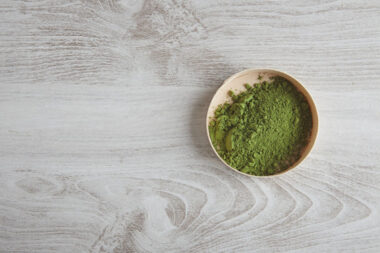






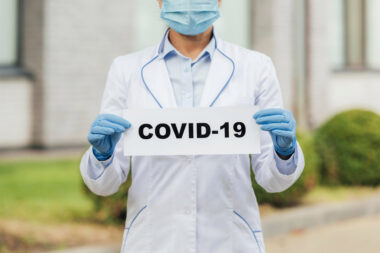











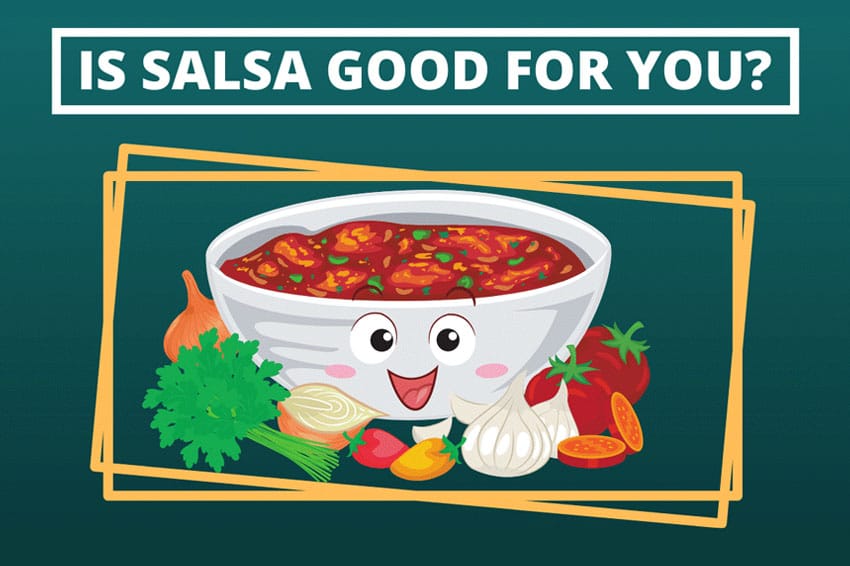



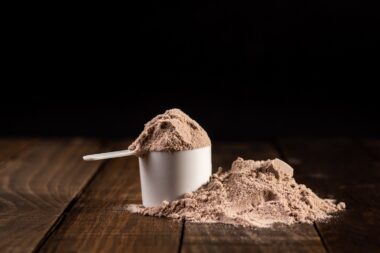
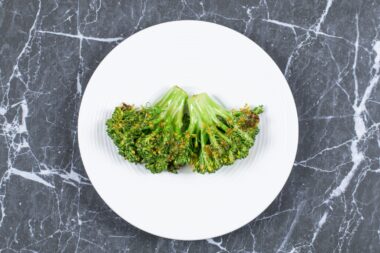




I like that you mentioned how salsa is somewhat low in calories but it is still packed up with lots of good vitamins and minerals in it. I am looking for some good snacks for our movie night next Friday and I am thinking salsa might be good. I heard there are even salsa fundraisers nowadays so maybe I should look into that too.